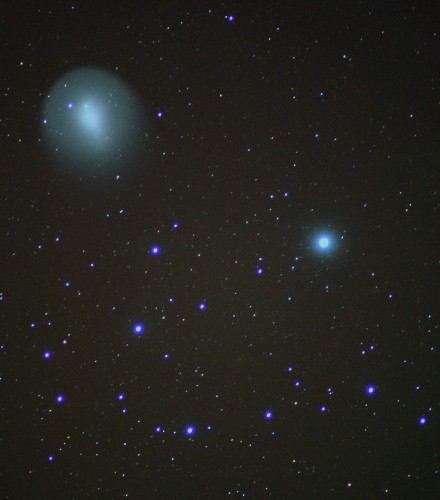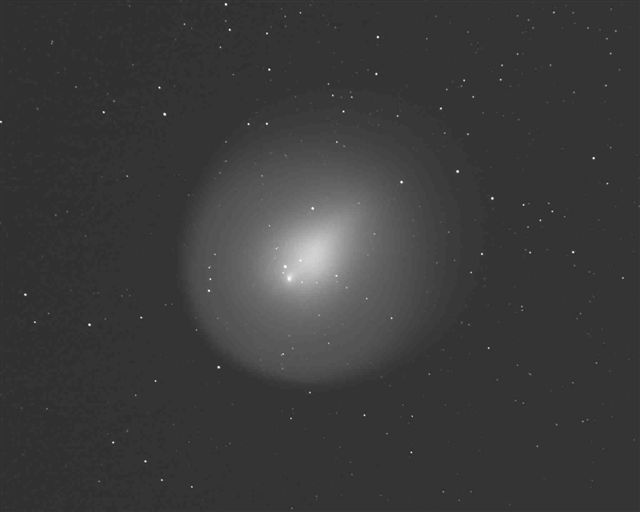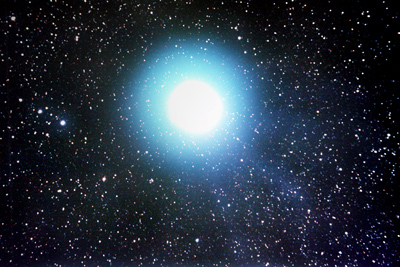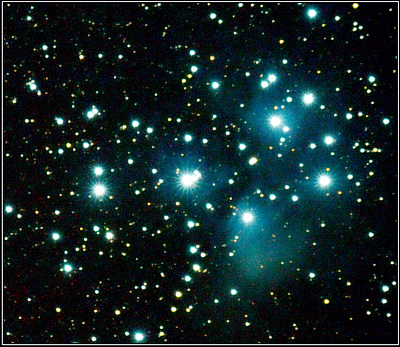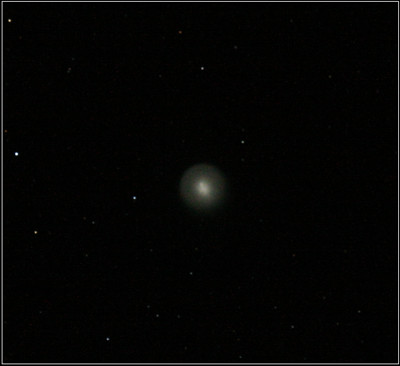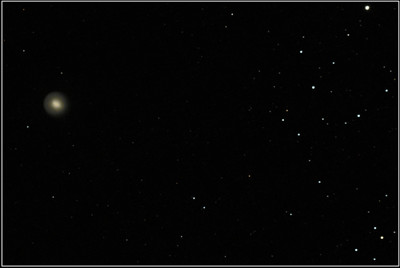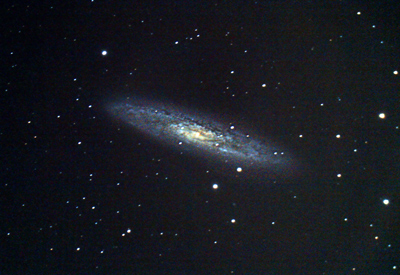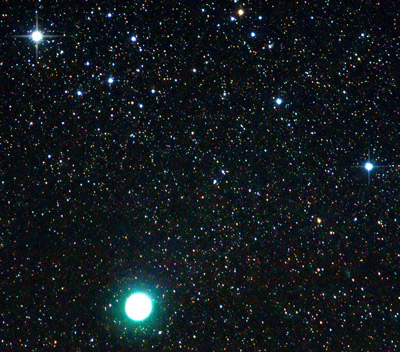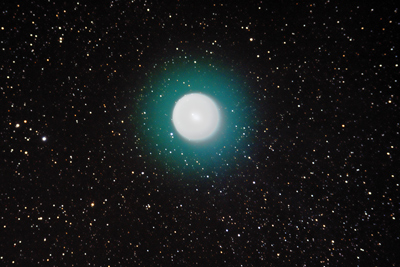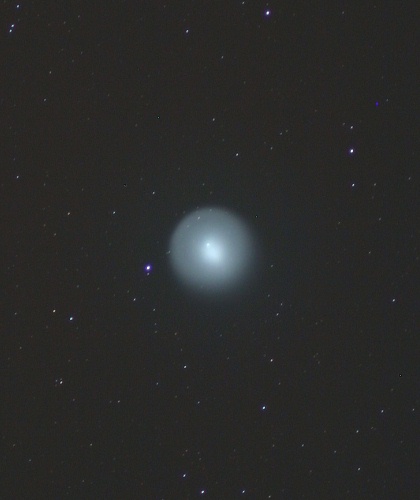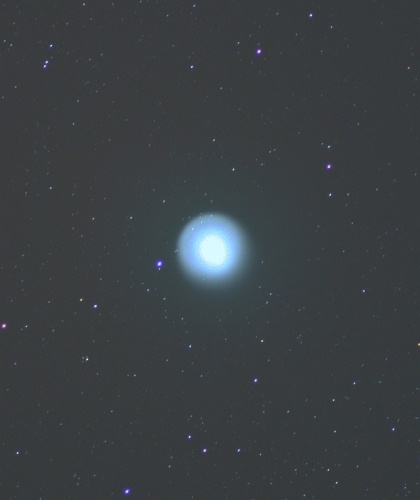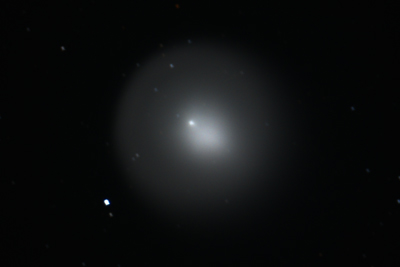The weather forecast is degrading for Sat night (not surprising). The Weather Network is now calling for 90% chance of rain or snow. So since it doesn’t look too promising, I’m thinking we may not want to make too much of an effort to see this occultation (that is, try to find a truly optimal location which may require more driving).
Therefore I’m going to suggest that if weather permits, we set up at our usual spot at Binbrook Conservation Area.
This is still within 2.5 km of the path center so we should still be able to see some of the bigger mountains and deeper valleys (5-6 km is the max limit). We might miss out on some of the smaller objects. If we manage to see the star wink in and out even a couple of times, that will be a big success for us. We can always try again later for a better show.
The occultation will begin at around 8:47pm local time. So I’m going to suggest that we begin setting up at around 7-7:30pm. This will be dark enough to do some other observing while we’re waiting. If the main gate is locked, we’ll put our usual combination lock on it so members who know the secret code can get in. Visitors will be welcome and can either walk in or wait to drive in with another member. Of course, if weather is really bad, then we won’t bother going out for this event. We’ll post an update on Sat afternoon.
Let’s hope for clear skies.
UPDATE: 17 Nov 2007 – 2:10pm
The CSC is still showing clouds for the night, but the Weather Network indicates that there will be some clearing later in the evening. It may make the occultation tough to see, but we might still see Neptune, the Leonid meteor shower and maybe a few other things. So I think we’ll take a chance and head out.
I will arrive at the gate between 7 and 7:30pm to open up. Hopefully we’ll see you out there for some observing. If we get lucky to see the occultation, don’t forget your shortwave radios and camcorders along with your scopes and binoculars.

